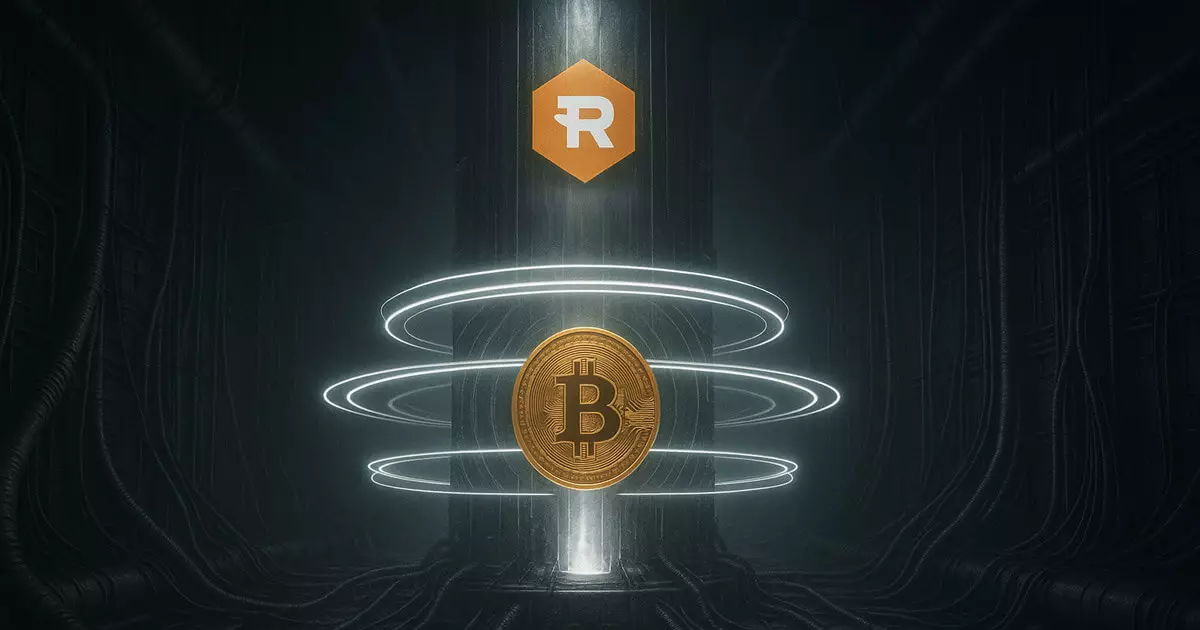Riot Platforms has recently made a striking move by securing a $100 million credit line with Coinbase, which could significantly reshape the landscape of Bitcoin mining. In a world replete with volatile market conditions, the strategies employed by Bitcoin miners are increasingly critical to understanding the cryptocurrency ecosystem. Riot’s innovative approach to leverage its substantial Bitcoin holdings—currently counting 19,233 BTC, approximately worth $1.8 billion—for this credit agreement exemplifies a nuanced pivot in strategy. While it may seem audacious, this non-dilutive form of financing offers more than mere capital; it can be seen as a calculated risk in a hostile environment for miners.
The Complex Dance of Collateral and Expansion
By positioning its Bitcoin as collateral, Riot not only stabilizes its financial footing but also showcases a trend towards opportunistic growth. CEO Jason Les emphasizes that this is more than just liquidating crypto assets; it’s a step toward diversifying funding sources and ramping up operational capabilities. The implications are profound: in an industry afflicted by increasing costs and shrinking margins, Riot’s innovative financing could allow it to expand its operations when other firms may falter under pressure.
While Riot enjoys this unique advantage, the broader mining industry remains perilously challenged. A recent Bitwise report spotlighted grave concerns about U.S. tariffs on imported mining hardware. These tariffs, which can climb as high as 46%, significantly affect operational expenditures, forcing many companies to struggle to keep pace with evolving technology. In this precarious setting, Riot’s credit agreement could prove vital, enabling it to absorb these shocks better than its competitors, potentially setting the stage for a formidable market position.
Analyzing the Impacts of Mining Difficulties
In addition to import tariffs, the hyper-competitive nature of Bitcoin mining, characterized by soaring mining difficulty levels, poses a substantial barrier to profitability. Miners are now extracting blocks at record levels of difficulty, contributing to a decline in hashprice—a pivotal metric for revenue that has plummeted to around $48 from over $60 earlier this year. In this atmosphere, Riot’s strategic financing could serve as a psychological boost for investors, fostering confidence that a well-capitalized player can navigate these turbulent waters.
However, challenges won’t simply fade away. The increasing investor interest in Bitcoin exchange-traded funds (ETFs) and newly established corporate treasury holdings could be siphoning attention from traditional mining stocks. In contrast to Riot’s proactive measures, many firms may find themselves underappreciated in the face of newer, less labor-intensive investment vehicles. By effectively utilizing its credit line, Riot can differentiate itself and resonate with stakeholders who value resilience and innovation.
The Future: A Battle of Adaptation
Investing in expansion while grappling with regulatory hurdles and market shifts requires more than financial resources; it demands visionary leadership. Riot’s foray into leveraged capital bears witness to an adaptable mindset, starkly opposing the tendencies of firms that fall behind. As other miners grapple with their challenges, it will be fascinating to observe if Riot can not only sustain its momentum but also set new standards for operations.
Riot Platforms’ strategic maneuver speaks volumes about the inherent dynamism of the cryptocurrency mining industry. With technological advancements and regulatory landscapes shifting, how mining firms like Riot respond could redefine their futures—and the futures of many investors hanging in the balance.















